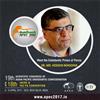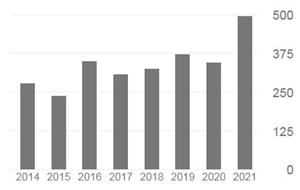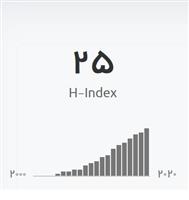Surface Microhardness of Three Thicknesses of Mineral Trioxide Aggregate in Different Setting Conditions
Objectives: This study aimed to compare the surface microhardness of mineral trioxide aggregate (MTA) samples having different thicknesses and exposed to human blood from one side and with or without a moist cotton pellet on the other side. Materials and Methods: Ninety cylindrical molds with three heights of 2, 4, and 6 mm were fabricated. In group 1 (dry condition), molds with heights of 2, 4, and 6 mm (10 molds of each) were filled with ProRoot MTA (Dentsply Tulsa Dental), and the upper surface of the material was not exposed to any additional moisture. In groups 2 and 3, a distilled water- or phosphate-buffered saline (PBS)-moistened cotton pellet was placed on the upper side of MTA, respectively. The lower side of the molds in all the groups was in contact with human blood-wetted foams. After 4 day, the Vickers microhardness of the upper surface of MTA was measured. Results: In the dry condition, the 4 and 6 mm-thick MTA samples showed significantly lower microhardness than the 2 mm-thick samples (p = 0.003 and p = 0.001, respectively). However, when a distilled water- or PBS-moistened cotton pellet was placed over the MTA, no significant difference was found between the surface microhardness of samples having the abovementioned three thicknesses of the material (p = 0.210 and p = 0.112, respectively). Conclusions: It could be concluded that a moist cotton pellet must be placed over the 4 to 6 mm-thick MTA for better hydration of the material. However, this might not be necessary when 2 mm-thick MTA is used. (Restor Dent Endod 2014;39(4):253-257)














